![[Updated] Pro Tips The Fastest 5 DIY Filmmaking Tricks at Home](https://thmb.techidaily.com/bf6ce710c3b83bd0300511eb0a114987cd6a644274eb54a39fdf9870b6c3de78.jpg)
"[Updated] Pro Tips The Fastest 5 DIY Filmmaking Tricks at Home"

Pro Tips: The Fastest 5 DIY Filmmaking Tricks at Home
Have you ever wanted to film from home but missing some filming gear? You still haven’t acted because of a limited budget. Well, in this article, we will share 5 tips and tricks to help you film at home. So let’s dive into it.
Part 1. Hack. DIY A Flag for Lighting Control
When we set up the light near the subject, the light might be leaked onto the background. So, we may need to shape it to block the light from hitting the background.
On film sets and studios, the professionals use flags to absorb and make shapes of light. A flag is a thick black fabric that does not reflect light. To make your flag at home, you can try cardboard and a black t-shirt.
1. A Cardboard
You can buy it from a nearby stationery store. Ensure the cardboard is not too big to fit the t-shirt around the board.
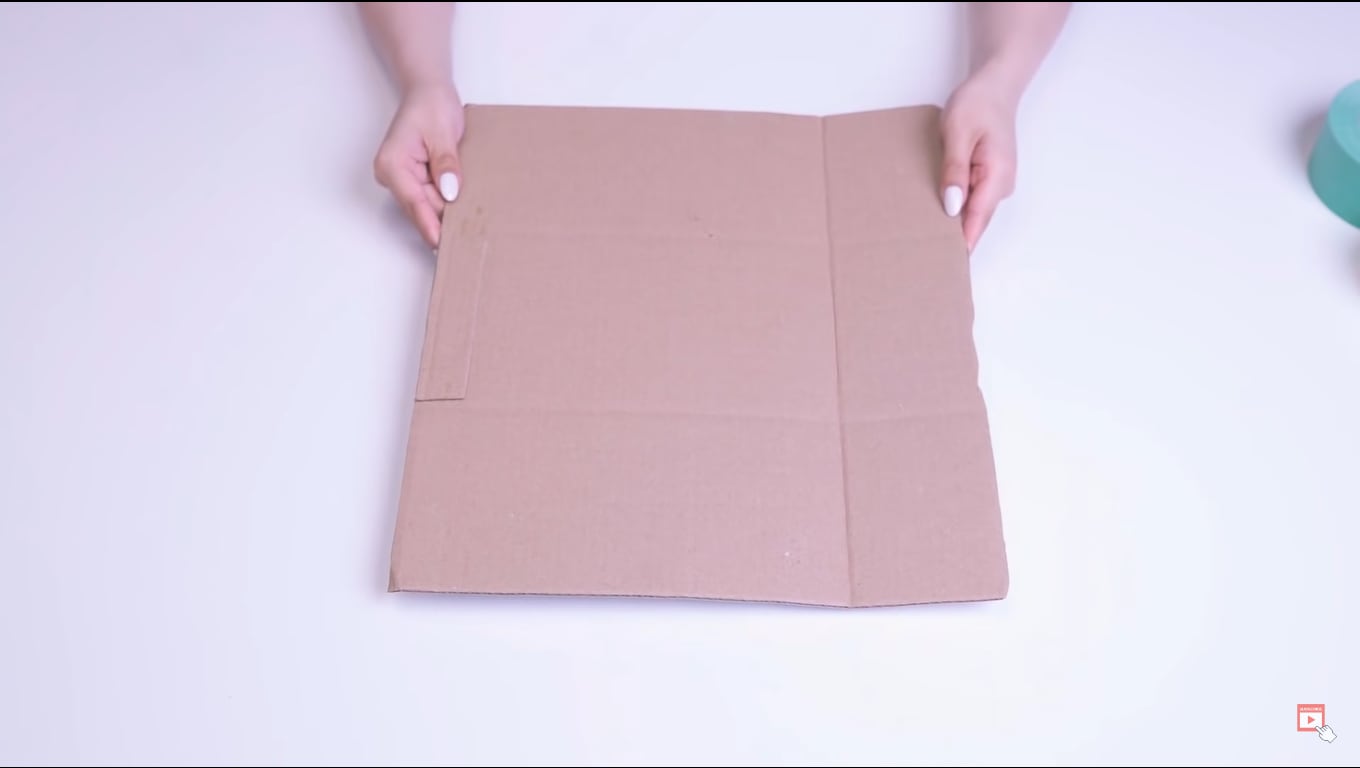
2. A Black T-shirt
For the black t-shirt, you can use an old t-shirt that you don’t wear anymore. You can also find these shirts at your local thrift shop.
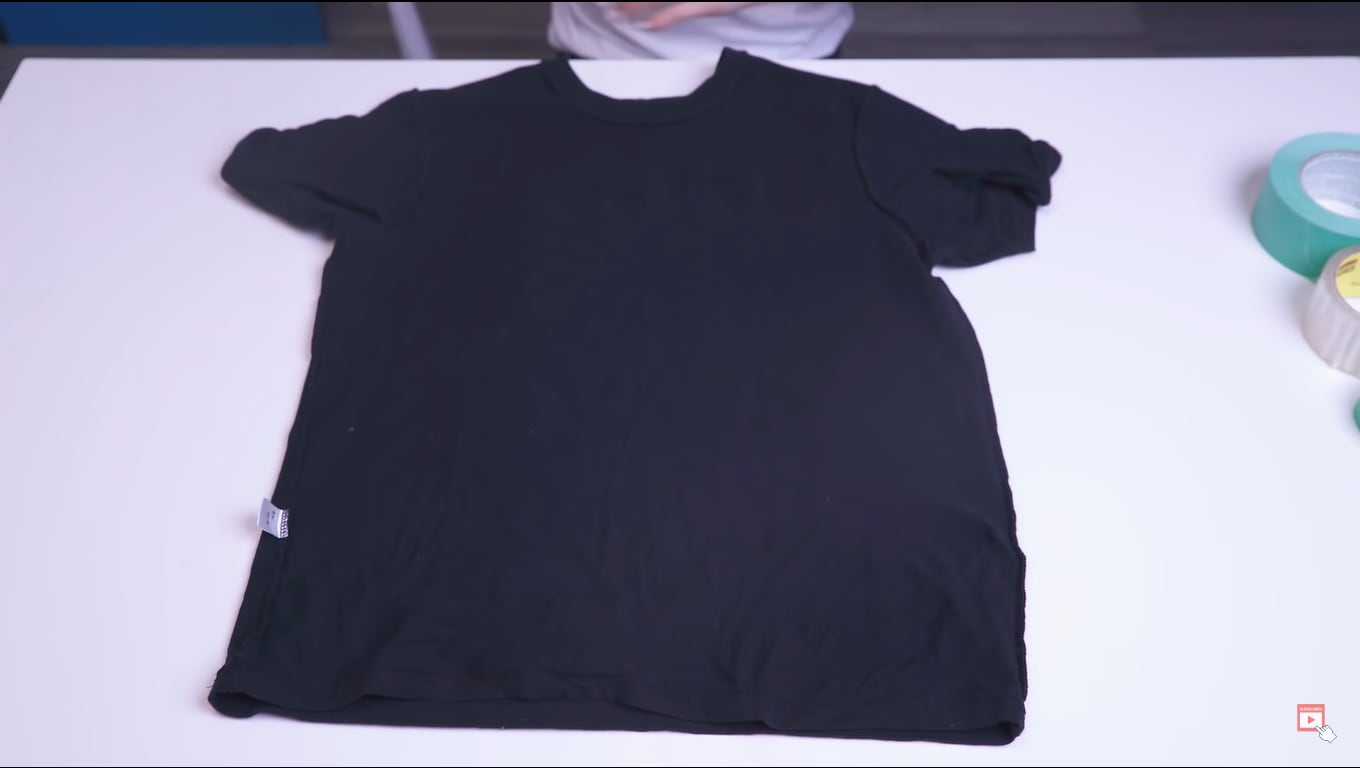
After managing all the required things, you must wrap and secure the t-shirt around the board. If the size of the t-shirt is larger than cardboard, tie the sleeves to secure the t-shirt. Or you can also use tape to secure the t-shirt and fasten it on the backside.
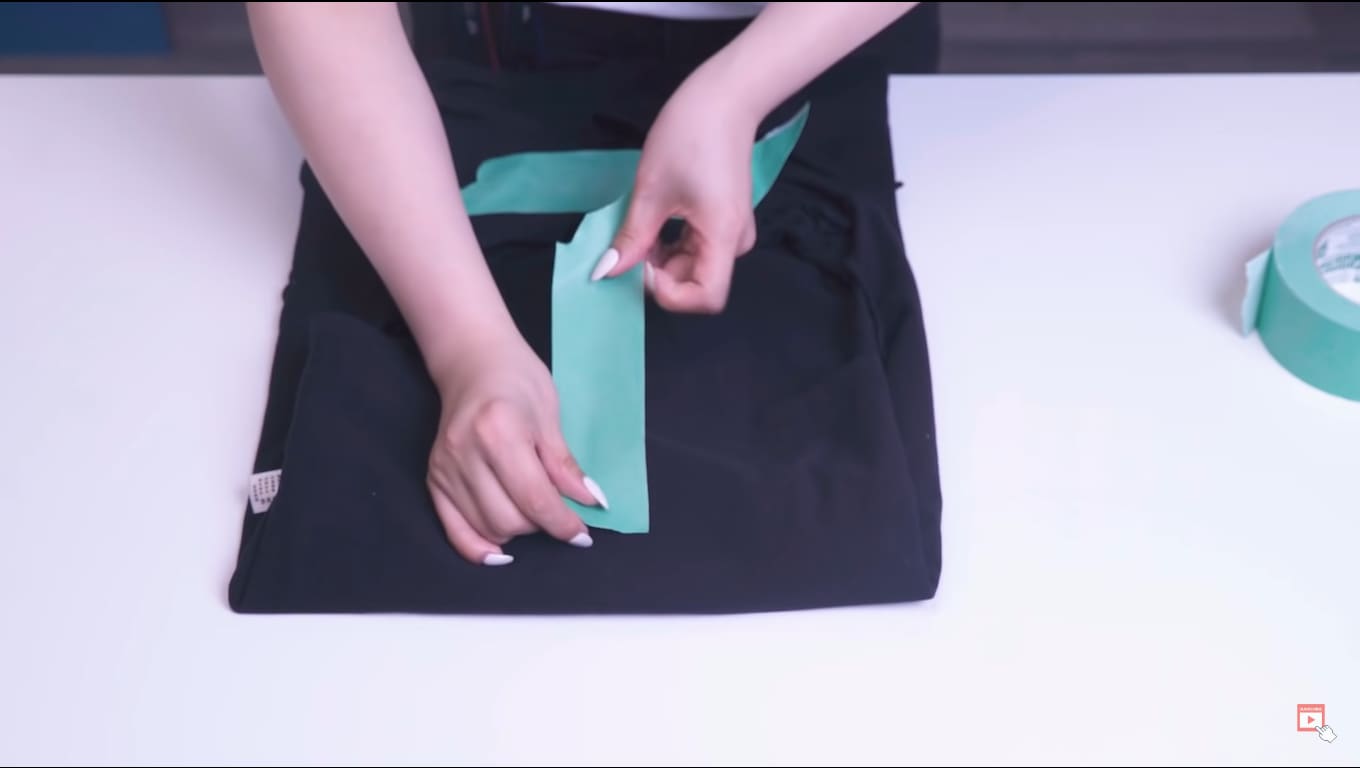
With this DIY flag, you can now easily give shape and block the light while filming at home. Warnings: Some fabrics are not fireproof, so always keep an eye on the flag.
Final Results for the Flag Light Shaping
After filming the video, see the precise results before using the flag, when the light is dispersed everywhere, which makes a euphoric effect. While after using the flag, the light is only glimpsing the subject.
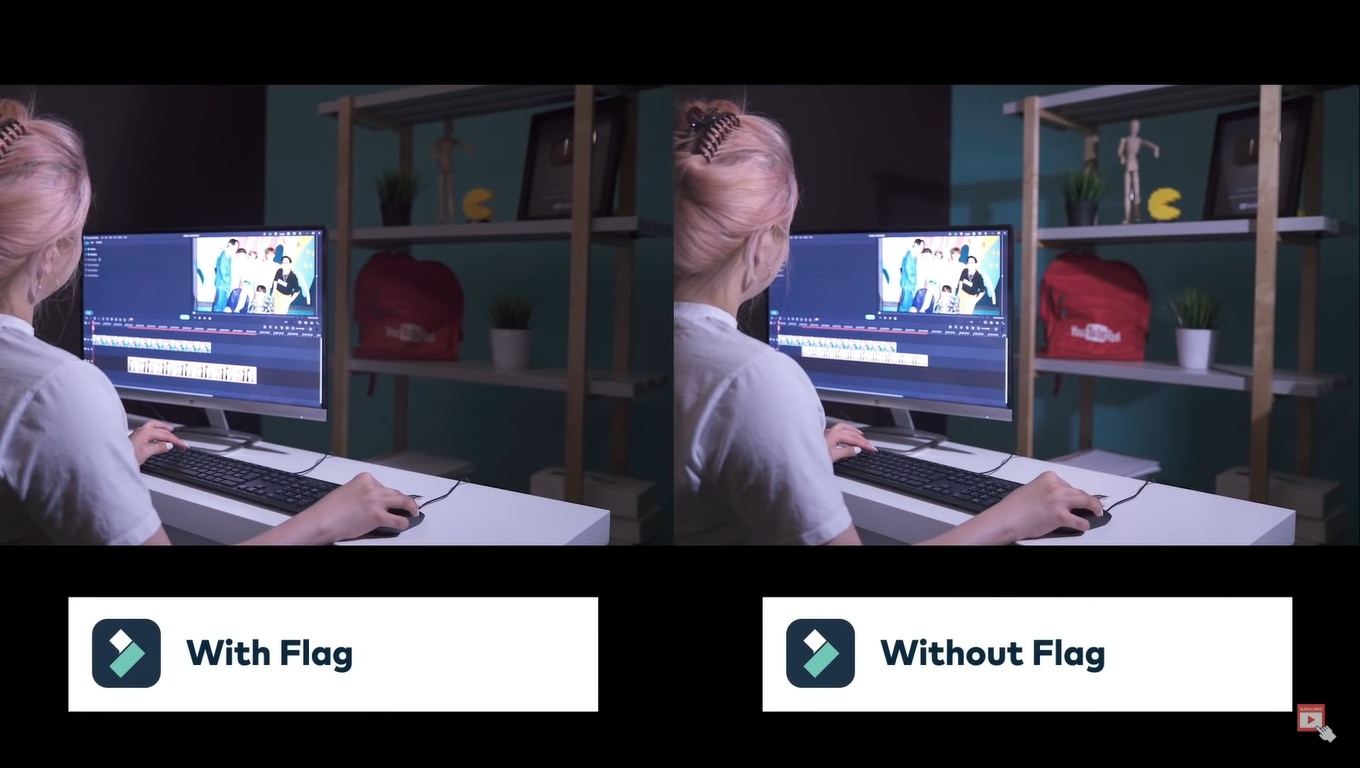
Part 2. Hack. DIY Black Wrap or Cinewrap
The black wrap is used in professional studios and set up to block and shape light. You can block light by directly giving shape to LED lightbulbs. The black wrap is made mainly of aluminum, so it’s easy to provide forms for different lights.
The aluminum foils used in households have the same characteristics as a black wrap, so that you can use it as an alternative. Look at the following requirement to make it! To make a black wrap, you need two household tools. There is no need to get pricey things from the market. For this, follow the below outlines of the tools!
1. A Light Bulb
You can take any LED bulb present at our home. Ensure that the bulb size is manageable to avoid any issues handling it.
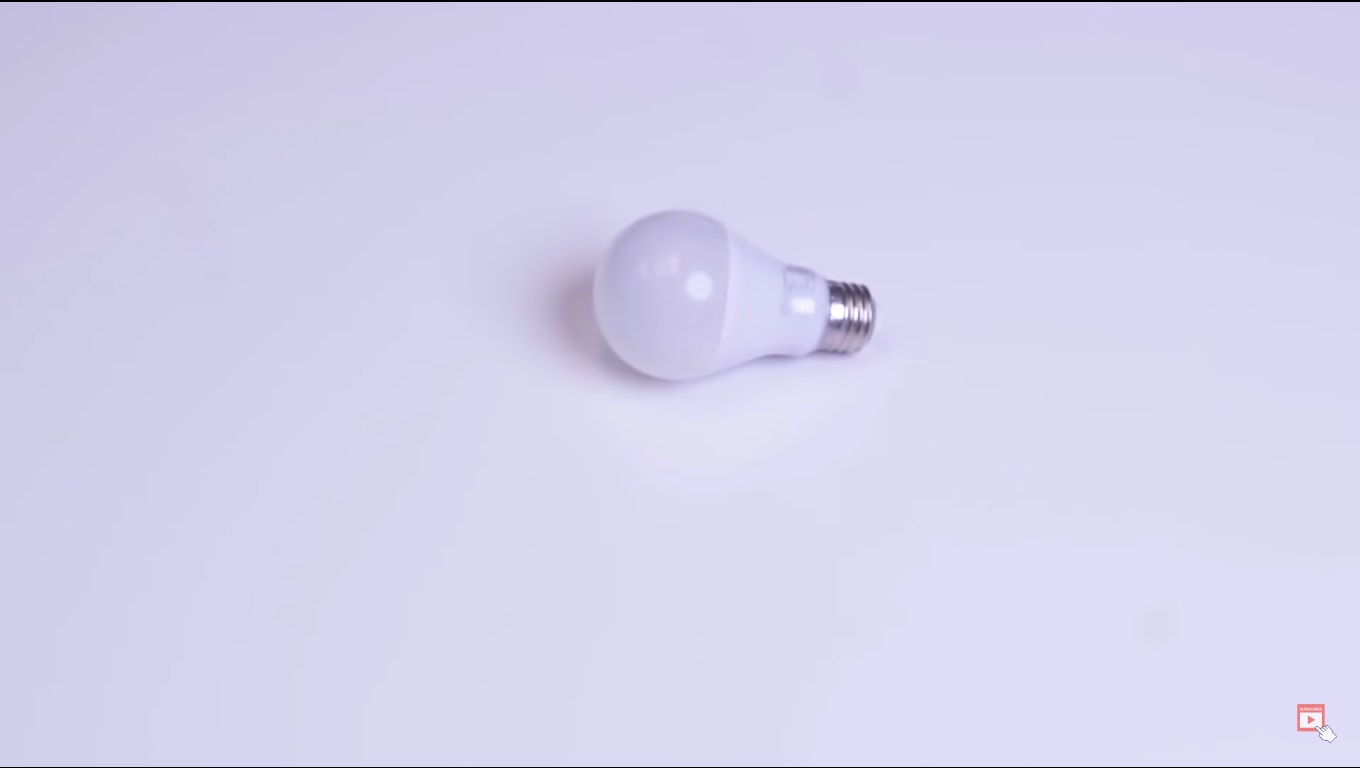
2. Foil Paper
The foil paper used to cover the lightbulb should be aluminum because foils usually absorb the light and get fired. In contrast, aluminum foil is resistant and doesn’t produce too much heat.
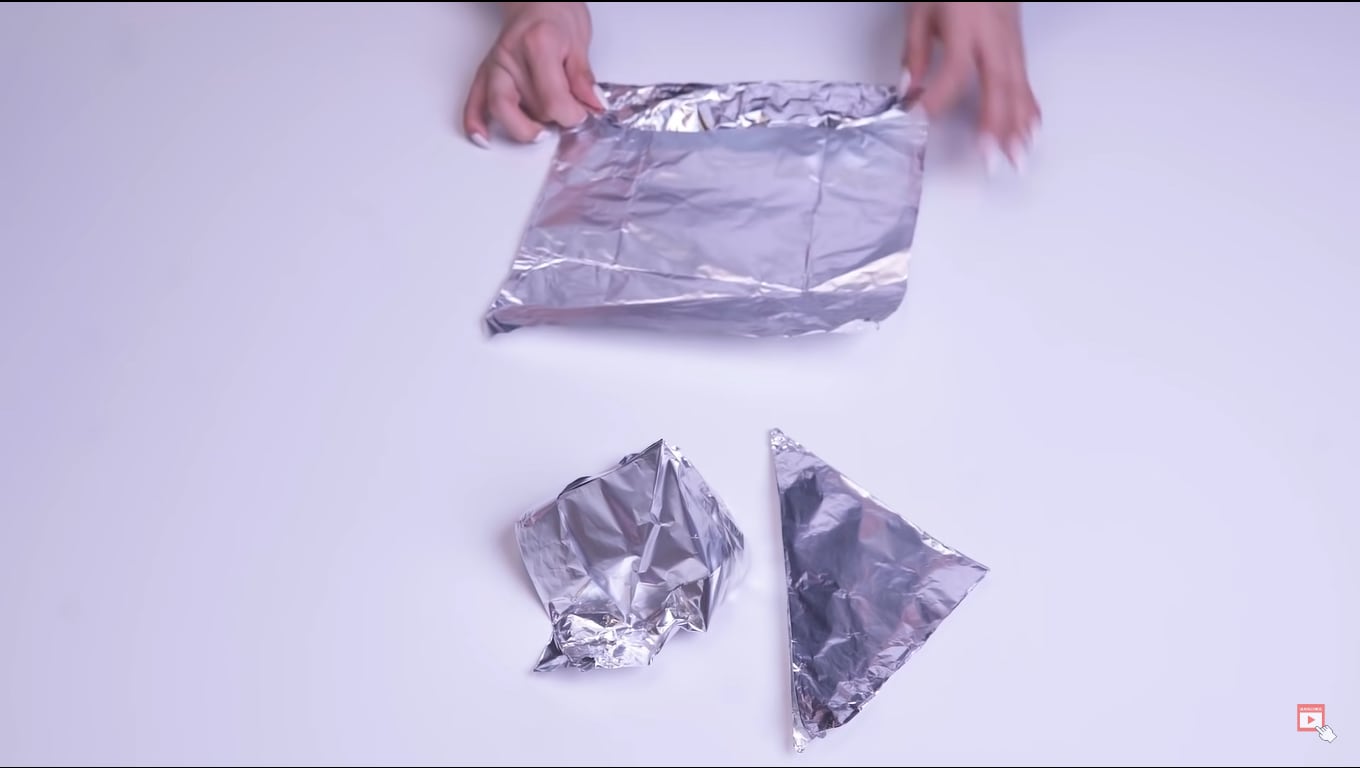
Now, all the tools are ready and waiting for further processing. For this, follow the processing step to make it work. To proceed further, you have to follow the below step-by-step process as shown:
Step1 First, carefully wrap the bulb with the foil paper to shape the light.
Step2 Then, you need to install the bulb on the lamp.
![]()
Note: During wrapping, you don’t have to allow the foil to touch the bottom part of the bulb.
Step3 Leave a small part of the bulb open from the top and cover the part from the side.
Step4 Ensure the lamp switch is off, and install the light bulb.
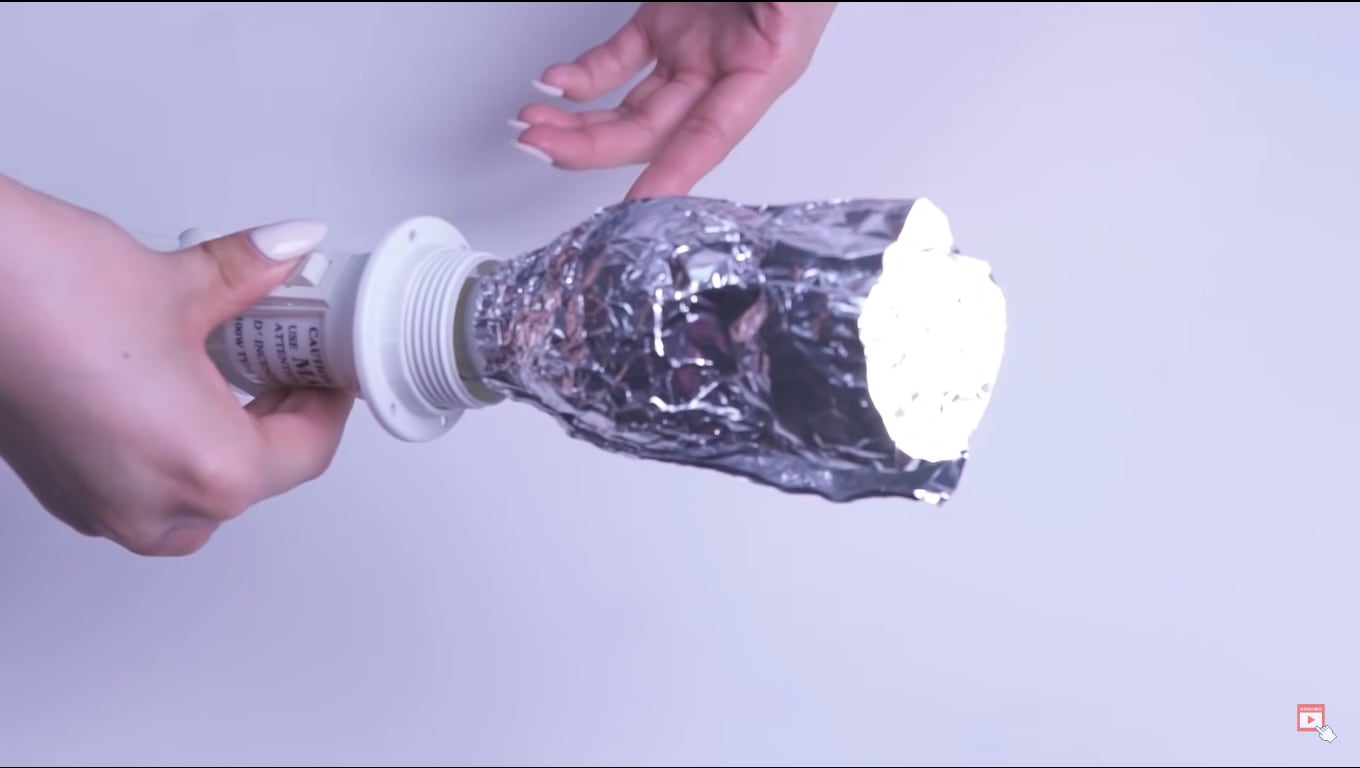
When you turn on the lamp, the light has been shaped into a smaller light source.
Final Results for the Black Wrap or Cinewrap
You can observe that the light is only at the required place, with no dispersion observed and no scattering. You can create more shapes to foil and then wrap them on the bulb for a different look.
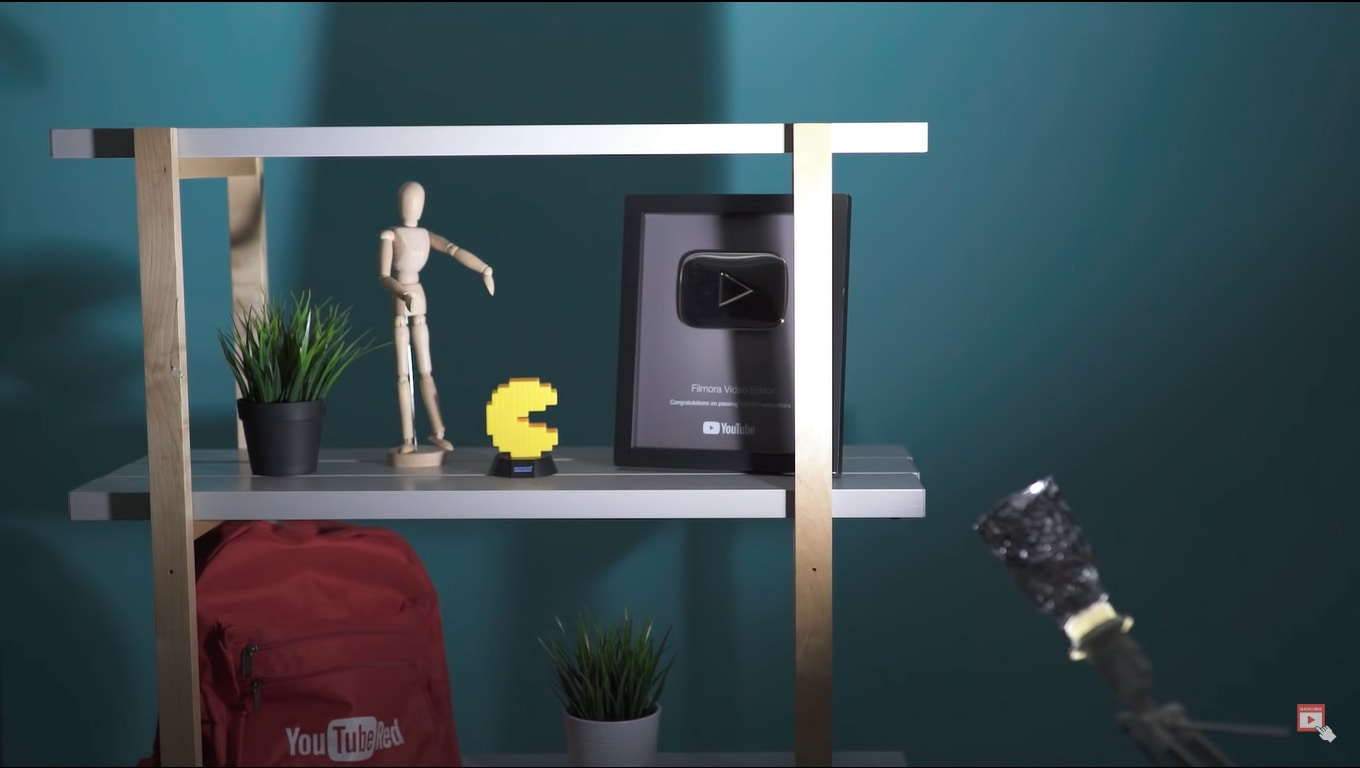
After experimenting with light shaping and blocking hacks, we will move toward the light reflector hack!
Part 3. Hack. DIY Light Reflector
A reflector is a spontaneous or specialized reflective surface that diverts the light to our subject or object. Professional filming setups usually use a large reflector to get a glowing effect on a subject or even more than two.
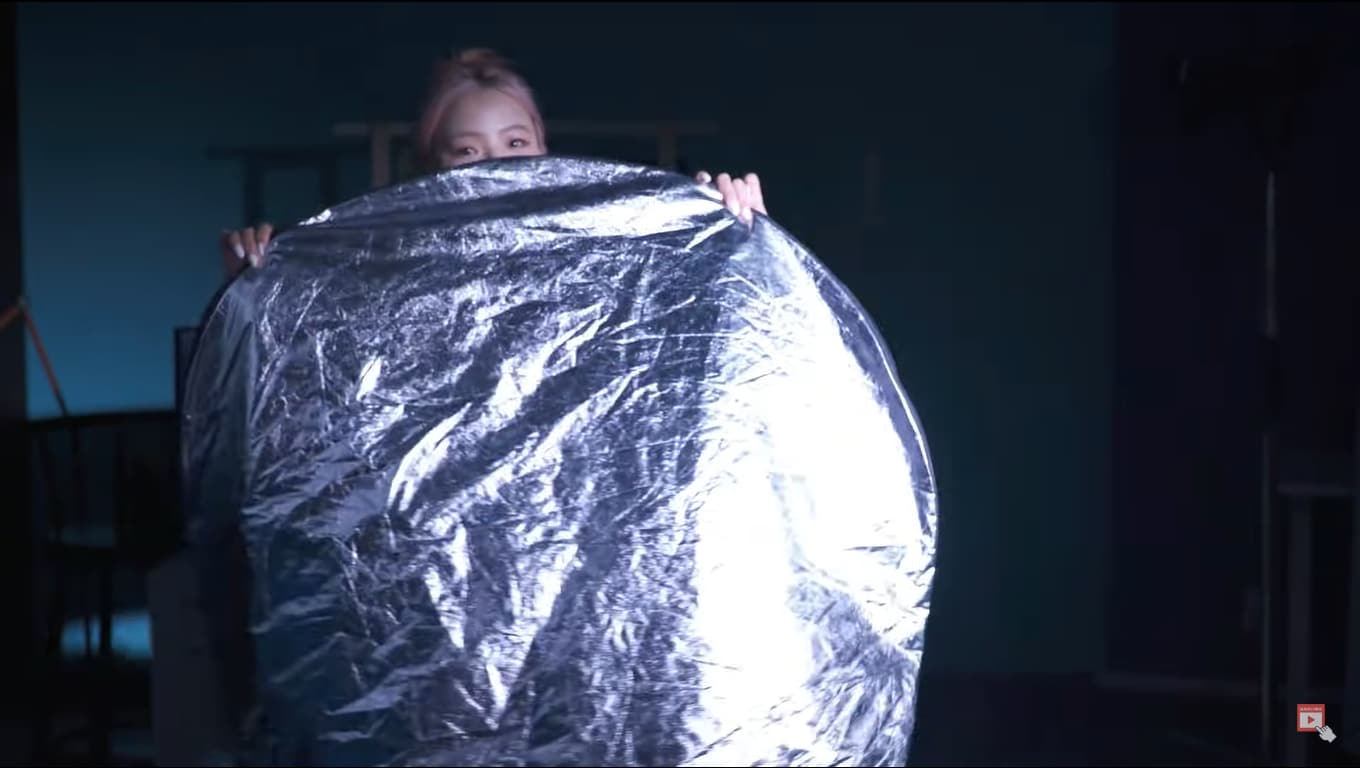
When applied to flat surfaces, the foil has a reflective surface. It makes it the best alternative to a professional reflector. To make your one, you will need
Also read:
- [New] 2024 Approved Crafting Your Virtual Alter Ego in a Metaverse Setting
- [New] Cutting-Edge Techniques for Advanced HDR Images in APS for 2024
- [New] In 2024, Open Minds, Open Tech - EaseUS Report
- [New] In 2024, Streamlining Video Aesthetics Blur Background in Microsoft Teams
- [New] In 2024, Top 10 Premier Livestream Services Unveiled
- [New] The Science Behind WhatsApp Voice Talks for 2024
- [Updated] 2024 Approved Mastering Your Craft A Guide to Samsung's Photography Tools
- Pioneering Technology Cutting-Edge Screen Capture Software Listings for 2024
- Reimagine Your Digital Life: 4 Key Strategies to Refine Your Facebook Viewing
- The Cinematographer's Blueprint for Simple Water Vids for 2024
- The Ultimate Technique for Dueling on TikTok with Friends and Fans
- Thinking About Changing Your Netflix Region Without a VPN On Samsung Galaxy F54 5G? | Dr.fone
- Top 16 Unbeatable HP Laptop Bargains During the Festive Season - Insights
- Top Cloud Storages Essential Choices for You for 2024
- Your Step-by-Step Guide to iFunny Meme Usage
- Title: [Updated] Pro Tips The Fastest 5 DIY Filmmaking Tricks at Home
- Author: Edward
- Created at : 2024-12-02 20:35:13
- Updated at : 2024-12-04 05:33:42
- Link: https://fox-blue.techidaily.com/updated-pro-tips-the-fastest-5-diy-filmmaking-tricks-at-home/
- License: This work is licensed under CC BY-NC-SA 4.0.